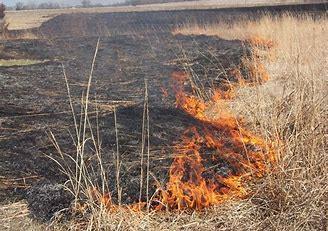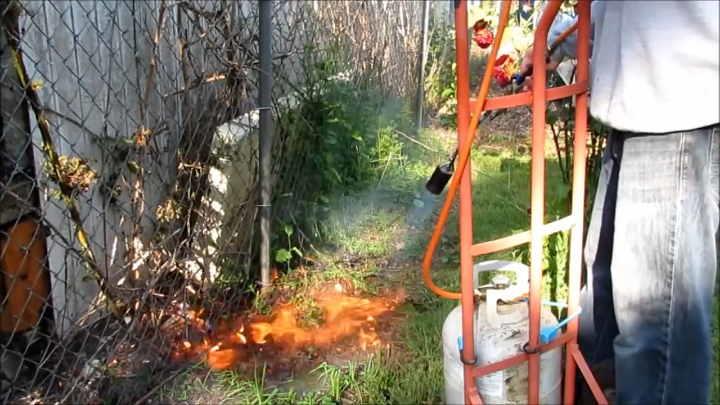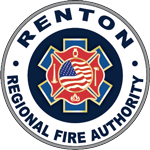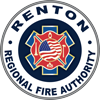DRY GRASS, WEEDS, AND BRUSH SAFETY

Weeds, grass, vines or other growth that is capable of being ignited and endangering property shall be cut down and removed. They serve as an extreme fire hazard and a ladder fuel that allows a fire to climb up from the ground to tree canopies or structures.
During dry weather conditions, grasses and weeds should be kept trimmed to a low height.
This does not apply to shrubbery or plants used as ground cover, provided they are landscape materials that are properly irrigated and maintained and do not provide a ready fuel supply to augment the spread or intensity of a fire.
GENERAL PREVENTION
- Place cigarette butts in metal containers.
- Follow the recommendations at www.firewise.org to make your home and landscaping more resistant to fire, specifically “How to Have a Firewise Home.”
- Rake away leaves, dead limbs, and twigs. Remove leaves and rubbish from under structures and dispose of them properly. This may help reduce fuel load.
- Keep trees adjacent to buildings free of dead or dying wood and moss. Taller plants are more likely to spread fire.
- Remove vines from the walls of your home. Even live vines can spread fire quickly.
- Stack firewood uphill and away from your home.
- Regularly clean roof and gutters. Remove all dead limbs, needles and debris that may spread fire.
MOWING
Lawn movers are designed to mow lawns, not weeds or dry grass. Metal blades striking rocks can create sparks and start fires. Always use caution.
- Mow and water grass regularly. This will help reduce the fire load.
DO NOT USE A WEED BURNER
Weed burners can cause fires and generate a lot of smoke that may upset your neighbors. Please visit Puget Sound Clean Air Agency for additional information.
- Use a weed trimmer to cut down dry weeds and grass.
- Hot exhaust pipes and mufflers can start fires.
- Rake away leaves, dead limbs, and twigs.
- Regularly clean roof and gutters. Remove all dead limbs, needles, and debris that may spread fire.

This is an example of a weed burner being used to abate weeds. We advise against their use for weed abatement. Be aware that embers can travel and start fires in areas you didn’t burn.



